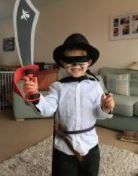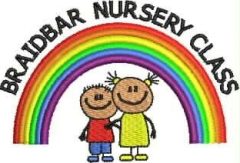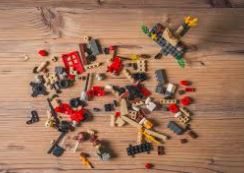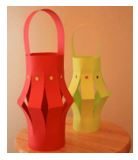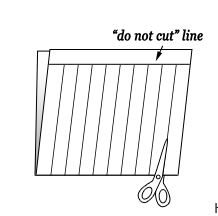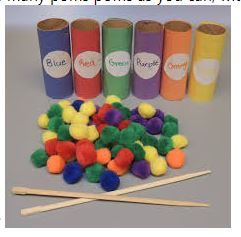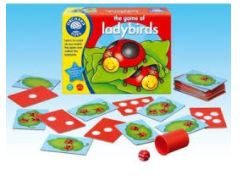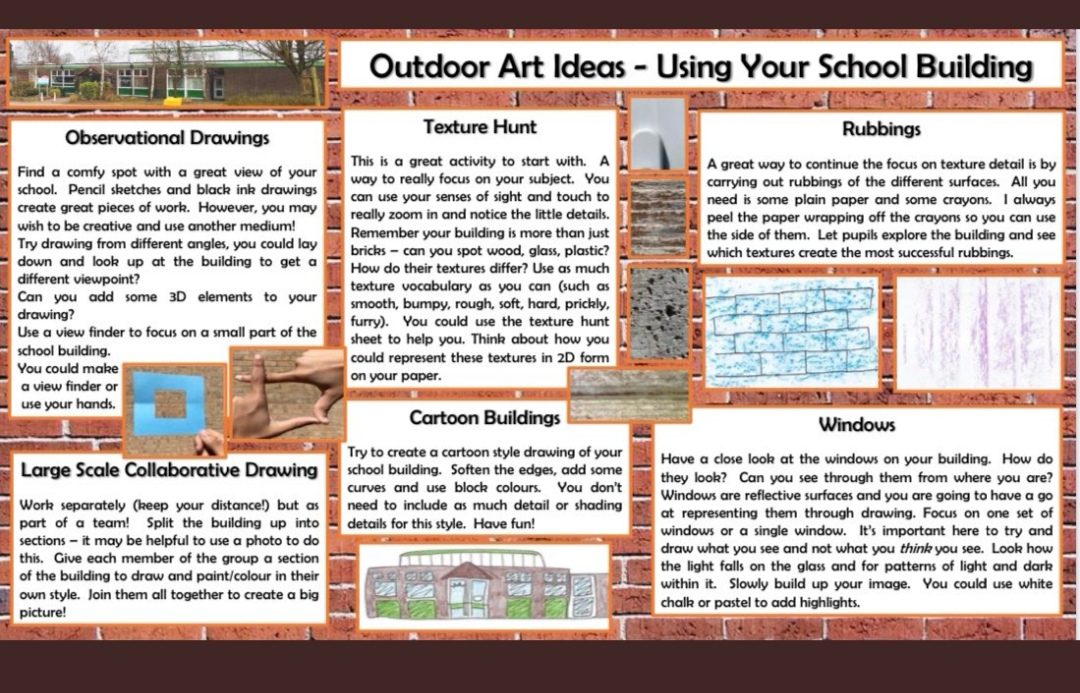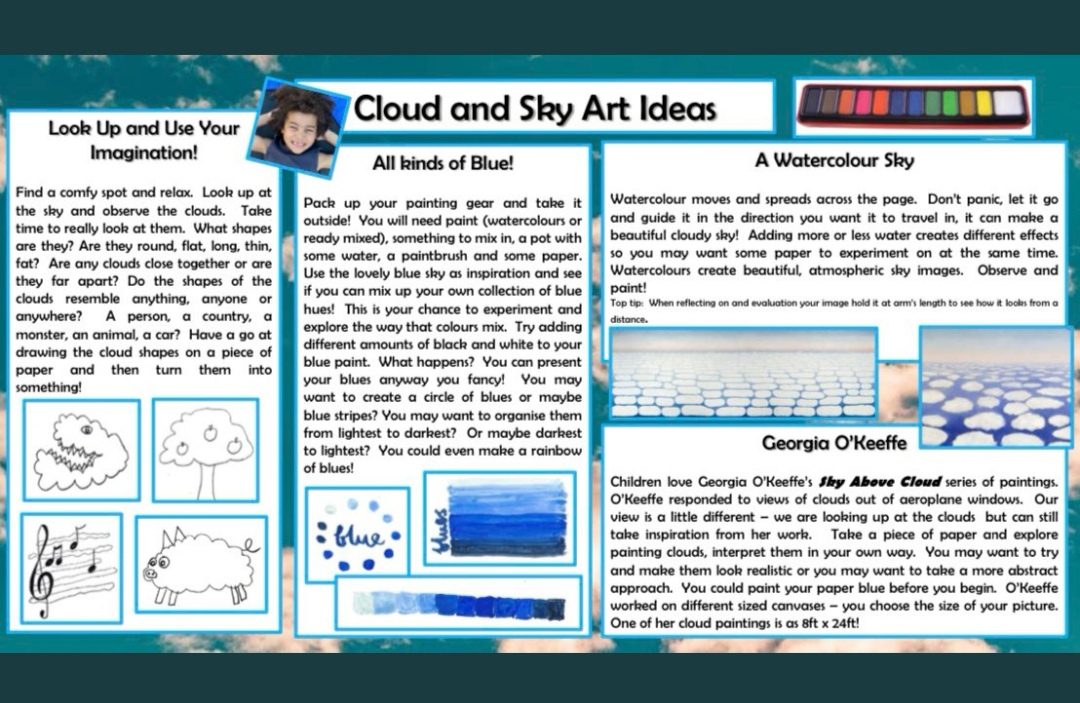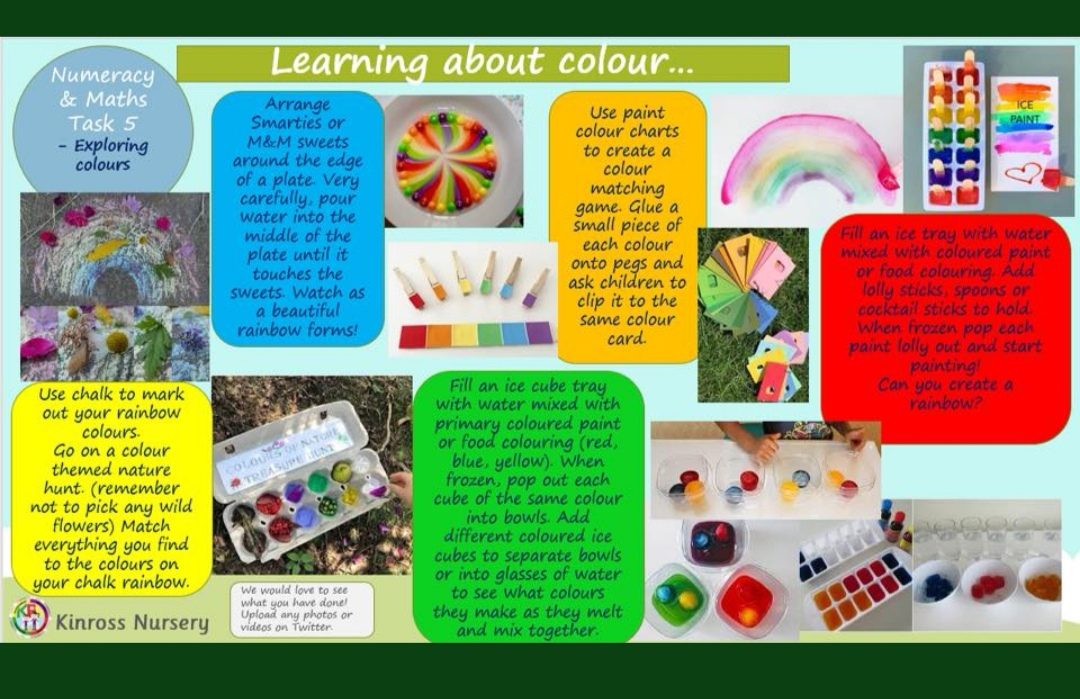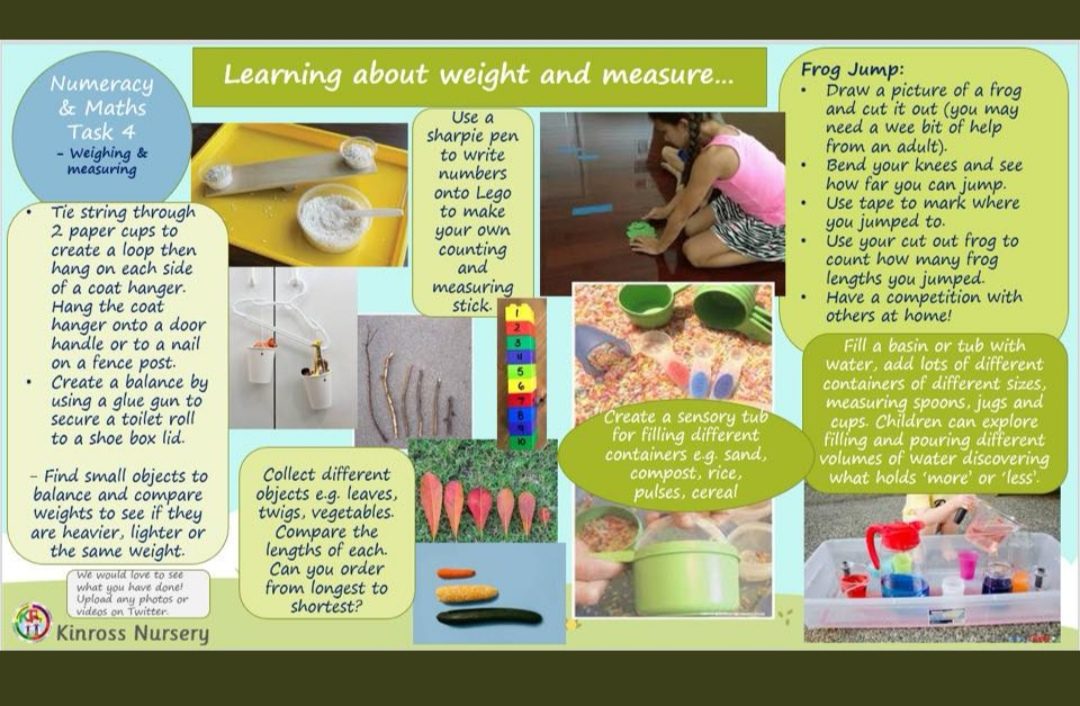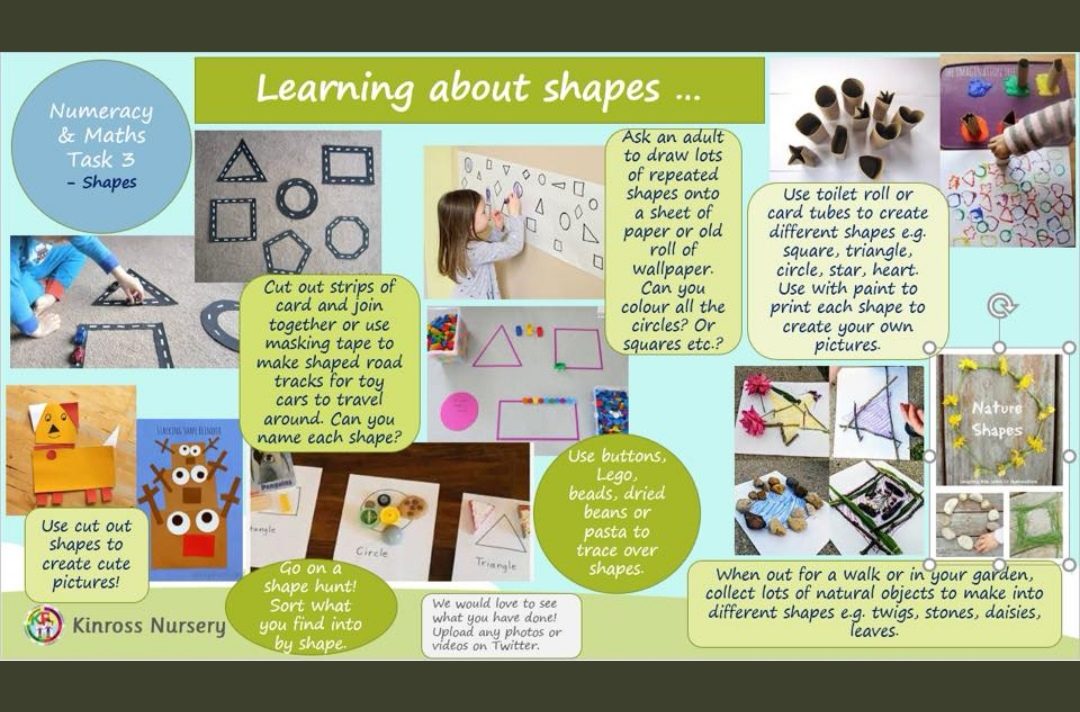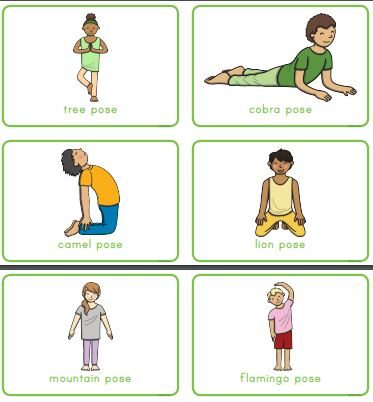This week’s blether times:
| Wednesday 10.02 @1pm |
BLUE + PINK GROUPS (Apples) |
| Wednesday 10.02 @2pm |
PURPLE + AQUA GROUPS (Bananas) |
| Thursday 11.02 @11am |
RED + YELLOW GROUPS (Apples) |
| Thursday 11.02 @1pm |
GREEN + ORANGE GROUPS (Bananas) |
Hola! Welcome back after the long weekend. We hope you managed to get outdoors and enjoy the best of the wintry weather.
Today’s post is inspired by one of our favourite authors – Julia Donaldson!
A. 
Julia Donaldson is an author – a person who writes books. How many of her stories do you have at home? Can you find them all? Because she is the author her name will be written on the front cover of the book and maybe on the spine too. Can you point to the front cover, back cover and spine? Where can you find the blurb? What does the blurb tell us about a book?
Now that you have found some of her stories, why not read and talk about them? Talk about interesting words, funny bits or the characters’ feelings. Many of her tales have also been animated so you might decide to watch one of them then talk about what is the same/different compared with the book version.
https://www.bbc.co.uk/iplayer/episode/p0102qfj/room-on-the-broom
https://www.bbc.co.uk/iplayer/episode/b06t09rk/stick-man
https://www.bbc.co.uk/iplayer/episode/b0bwdw8y/zog
https://www.bbc.co.uk/iplayer/episode/b09kkt1k/the-highway-rat
https://www.bbc.co.uk/iplayer/episode/b018nrhm/the-gruffalos-child
https://www.bbc.co.uk/iplayer/episode/m000cslw/the-snail-and-the-whale
B. 
How about making your own Stick Man family? Some of us have dne this before in nursery. When you are out walking or at the park, keep a look out for interesting twigs and branches that could be the Stick Man or his family. Maybe have a look at the book if you have it, or look online so you can think what kind of shapes the twigs would need to be. How many arms and legs would you need? How many people are in Stick Man’s family? Count them up and then get hunting! When you bring them home, leave the sticks somewhere warm to dry out for a while. Then you could decorate them. If you couldn’t find sticks with the right arms or legs you could add pipe cleaners, straws or lollipop sticks if you have them. Maybe an adult could help you stick on some googly eyes or a couple of extra leaves on the Stick Man, just like in the book. I wonder what adventures your very own Stick family will get up to in your house?
C. 
Julia Donaldson is the author of a lovely book called The Paper Dolls. Maybe you know it.
The little girl in the story makes each doll different. Some are boys, some girls. They have different clothes and hair. They also have great names – Ticky and Tacky and Jackie the Backie and Jim with two noses and Jo with the bow.
If you’d like to make your own paper dolls you’ll need to ask a grown up to help you. Here are some instructions.
https://www.origami-resource-center.com/paper-dolls.html

What will your dolls look like? What will you name them?
D. 
Read ‘What the Ladybird Heard’ and familiarise yourself with all the characters. (The Ladybird, Fat Red Hen, Woolly Sheep, Hairy Hog, Handsome Horse, Dainty Dog, Hefty Hugh and Lanky Len). Can you hear the pairs of rhyming words? How many can you spot?
If you don’t have the book, you can find the story here:
https://youtu.be/oTHkob841AE
And here is Julia Donaldson herself, singing a song about the Ladybird:
https://youtu.be/7NbyiDpY6Ww
Once you have read and talked about the story, why not try some of these ideas or modify them for a different favourite story of yours?
- Make your own story sack, draw pictures of all the characters and attach to straws or lollipop sticks. See if you can recite the story in sequence using your very own characters/props. Maybe you could make props using wooden spoons, stones or junk modelling?
- Make your own storybook, drawing pictures of the animals and the story in sequence. Maybe ask an adult to help you with writing the words, and perhaps your story will have a different ending! Can you act out your story with family members?
- Make your own ladybirds using black and red playdough, pipe cleaners and googly eyes. How many spots does a ladybird have? Do they all have spots? See if you can find out information using books or the internet.
- Play number match game. You might have this game at home, practice your mathematical skills!
E. “A mouse went for a stroll through the deep dark wood….”
If you get hungry after all your reading and play you might want to follow one of these recipes.


https://www.kiddycharts.com/assets/Purple-Prickle-Pancakes-min.pdf
https://www.kiddycharts.com/assets/Gruffalo-Crumble-min.pdf
F. 
Julia Donaldson does not draw the pictures for her books. She works with illustrators who draw all the characters and settings. Settings are places that the stories happen in. She works a lot with an illustrator called Axel Scheffler, but other illustrators like Lydia Monks draw with her too.
Why don’t you try to draw some of your favourite characters from Julia Donaldson’s stories? When there is a description of how they look (like the Gruffalo) you can try to include all the important features and when there aren’t such details just draw them as you imagine them.
G. This website has lots of ideas you may wish to try: https://resource-bank.scholastic.co.uk/content/FREE-Julia-Donaldson-and-Axel-Scheffler-Home-Learning-Packs-40114
H. You may be outdoors, playing in the snow today. Why don’t you make your own Gruffalo trail e.g can you make a log pile house? Where do you think the owl would be? Where does the Gruffalo live? Can you build a home in the snow?
I. And if it’s an indoors day… why don’t you dress up as a favourite character?



